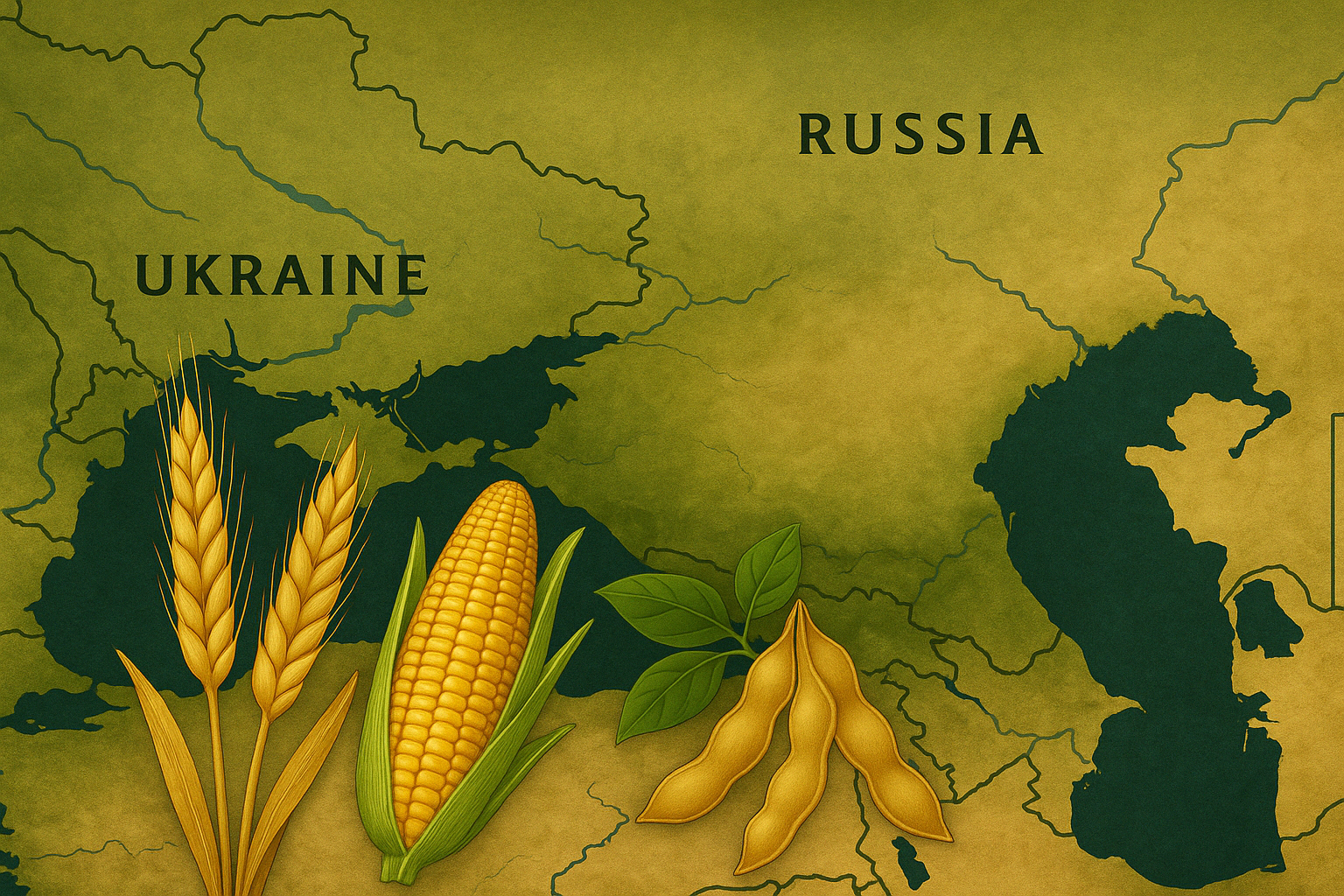Romania, one of the EU’s key grain exporters, experienced a week of extreme weather events between May 2 and 9. Torrential rains, hailstorms, and even late-season snow hit several agricultural regions, particularly in counties such as Dolj and Mehedinți. These anomalies inflicted heavy damage on crops, roads, and storage infrastructure, prompting local authorities and insurance bodies to assess the situation as catastrophic. While agronomists note that such rainfall could benefit water reserves and long-term soil conditions, concerns about diseases and hindered crop development are rising. The contrast between beneficial moisture and destructive flooding reflects the increasing unpredictability of regional farming conditions. Despite this, Romania is pushing forward on the export front, gaining access to the Indonesian wheat market following updated certification agreements. With Romanian wheat offering 12–12.5% protein—higher than the regional average—its competitiveness on the global stage is growing. July FOB offers currently stand at $240/ton, positioning Romania as a viable origin in both traditional Mediterranean markets and now Southeast Asia.
Elsewhere in the region, Algeria’s latest wheat tender marks a strategic shift in sourcing. On May 15, Algeria’s state grain agency OAIC purchased between 600,000 and 700,000 metric tons of soft wheat, primarily from Black Sea origins. Notably, the tender excluded French wheat, highlighting Algeria’s growing reliance on suppliers such as Russia, Romania, and Ukraine. The wheat, scheduled for July delivery, was priced at approximately $244.5/ton C&F, reinforcing the region’s competitive edge. This move underlines not just price sensitivity but also logistical advantages, as Black Sea ports offer quicker turnaround and diversified routes. For Romania and Ukraine, such tenders offer strategic entry points into North African markets at a time when EU suppliers face mounting competition and regulatory challenges.
In Ukraine, oilseed planting is progressing at a rapid pace. Soybean sowing is ahead of last year, while rapeseed plantings are stagnating due to unsatisfactory price offers. Ukrainian farmers are reluctant to forward-sell into a market marked by demand contraction, particularly for grains like wheat and barley. The State Food and Grain Corporation’s bid prices have struggled to attract volume amid pressure from aggressive Russian and Romanian offers. Ukraine’s export competitiveness remains critical, but with market sentiment subdued and logistical costs fluctuating, traders face a cautious path forward.
Bulgarian farmers, meanwhile, are choosing to hold onto their crops. As of mid-May, around 2 million metric tons of wheat and 500,000 tons of sunflower seeds are reportedly being stockpiled, awaiting stronger price signals. This reflects broader regional hesitance driven by pricing dissatisfaction and uncertainty over the upcoming harvest. While the global picture for grain is slightly bearish due to high stocks in the U.S. and South America, the Danube basin remains tight, especially for quality wheat. Weather in late May will be decisive—too much rain could reduce quality, while drought risks linger in the southern Balkans.
Russia continues to maintain a dominant position in export markets, particularly with rapeseed and wheat. Chinese demand for Russian rapeseed remains robust, and domestic policy has encouraged continued planting and export facilitation. However, price volatility remains high due to erratic buying patterns from Asia and fluctuating energy and freight costs. At the same time, Russia’s aggressive wheat export campaigns, aided by flexible pricing and shipping channels, are squeezing margins for other Black Sea sellers.
Turkey, for its part, has ramped up sunflower seed imports to fill local shortfalls. The country’s increasing dependence on regional supply, particularly from Ukraine and Russia, is a sign that its own 2025 harvest may be under threat. This adds further pressure to an already tight regional oilseed market and underscores the growing interdependence between Black Sea producers and Mediterranean processors.
Looking ahead, several overlapping factors will shape the outlook for Black Sea grain and oilseed flows. Weather will be the primary driver. May precipitation patterns are expected to determine both the quantity and quality of the harvest across Romania, Bulgaria, Ukraine, and southern Russia. At the same time, market access is undergoing a quiet transformation. Romania’s foothold in Indonesia, Algeria’s shift away from French wheat, and Turkey’s structural dependence on Black Sea oilseeds point to long-term diversification in trade routes and destination markets.
What emerges is a picture of a region in transition. Amidst adversity—from climate shocks to price suppression—Black Sea producers are adapting. Exporters are diversifying markets, farmers are withholding supplies strategically, and governments are revising trade frameworks. As the region enters Q3, the Black Sea grain market remains one of the most closely watched in the world, with volatility offering both risk and reward for those poised to navigate its shifting tides.

